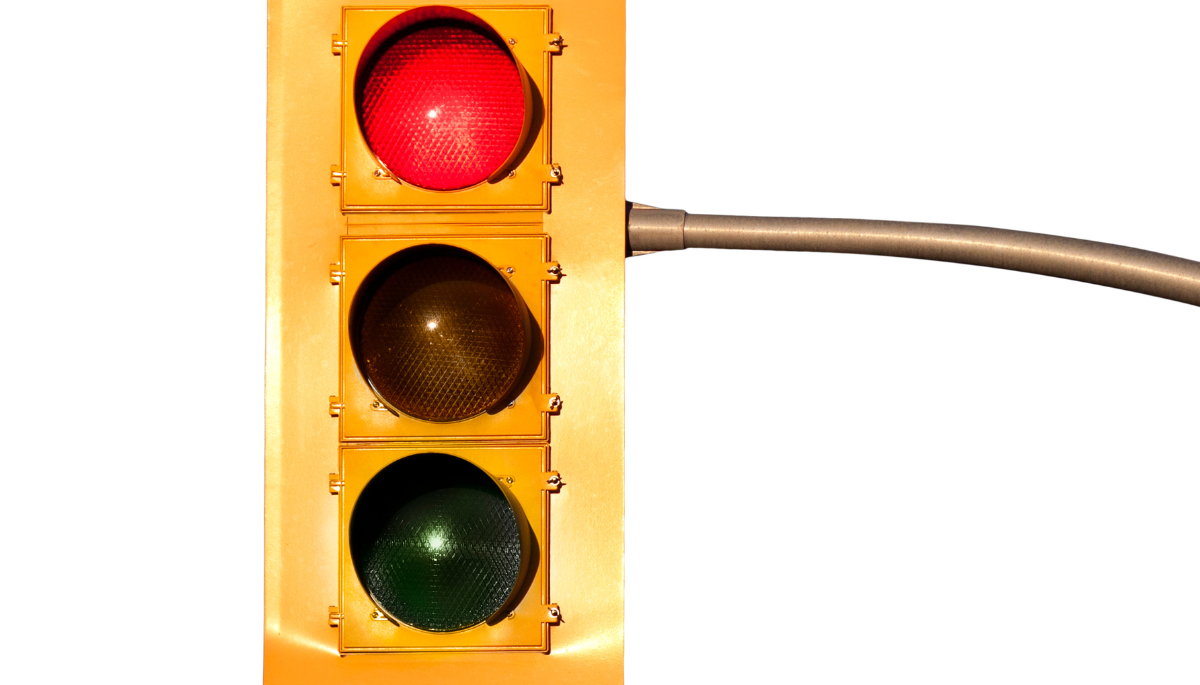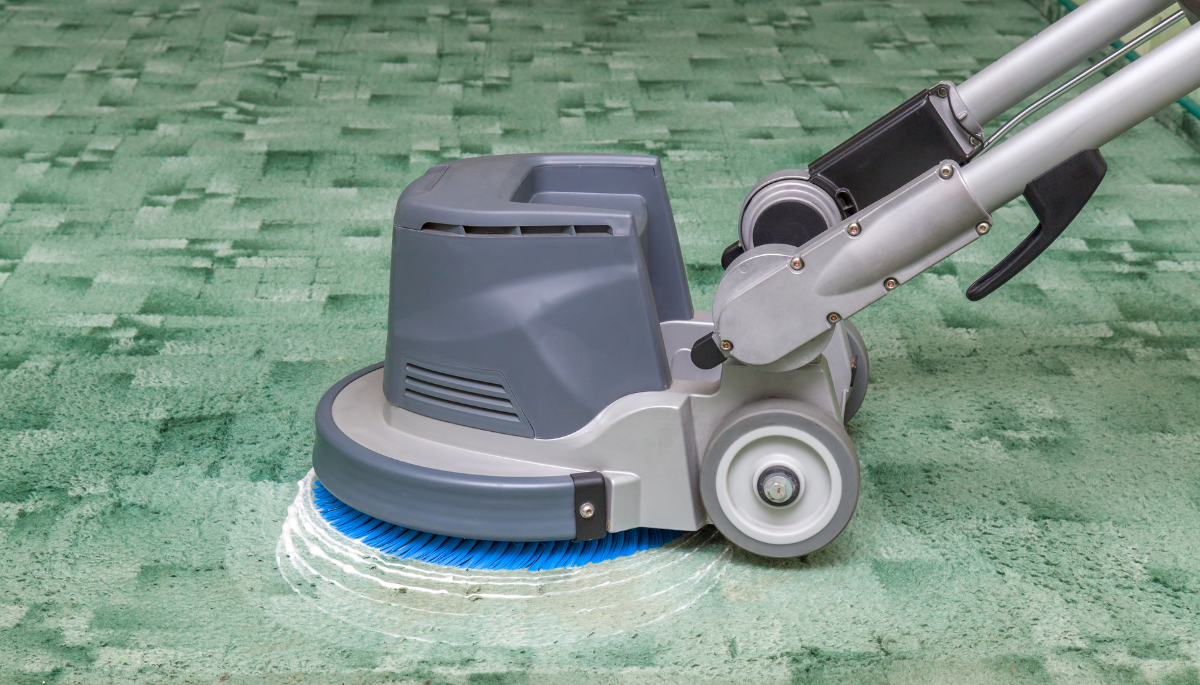Summer is upon us, and that means it’s time to do the things many people look forward to all winter: BBQ’s, swimming and basking in the sunshine. Although that makes some of us smile from ear to ear, others are dreading the heat, humidity and bugs of a Missouri summer. One thing you can count on is that this summer will be as unpredictable as any other Missouri weather prediction! We know it will be hot, we will have a drought, and we know our plants and lawns will suffer for it. Even though we can’t see the future of our summer weather, we can at least plan for it.
Your Summer Survival Kit from Atkins Inc.
Here are the top 4 things to keep in mind around your home this summer:
1. Protecting Your Landscape from Japanese Beetles
Japanese Beetles: Hopefully for your sake you have never heard of or seen them before, because they can devastate a landscape in quite a hurry. They love roses, linden and fruit trees plus more of our beloved landscape plants. They appear in late June and feed in the heat of the day for about 6 weeks, where they will then lay eggs for the next season’s crop. Many people hang pheromone traps with the intent of capturing these critters by the thousands however what they typically do is draw in more of these beetles into the area for feeding and egg-laying. If you like your plants and your neighbors, you might want to avoid the use of these pheromone traps. See our Blog for FAQ’s on these pests!

2. Keeping Your Lawn Healthy
Disease and insect pressures increase this time of year. One issue we see a lot of in Missouri summer’s is Brown Patch, a fungus that thrives in many tall fescue lawns as the evening temperatures stay above 65 degrees. Good management practices for brown patches are: Mow as high as possible as often as possible, water deep and less often, and lastly, core aerate and overseed in the fall (this can help manage the fungus). Just because you have an active fungal disease in your lawn does not necessarily mean that you are going to lose it, however if you couple disease damages with heat and drought stress you certainly can lose some of the grass. We also want to remind you that if you have had issues with white grubs in the past, that you are more likely to have a recurring issue this season (damage usually appears in late July – Early September) and you may want to treat your turf as a preventative measure.

3. Keep Pests Away
During the summer months fleas, ticks and chiggers can make spending time out in your lawn quite agonizing for you and your pets. Some of us treat our pets to keep these pests at bay and others of us treat the lawn to reduce these nuisance pest populations so that we may enjoy our outdoor spaces even more. We also see a lot of critters moving inside the house like ants, spiders, pill bugs, and millipedes. Treating around the exterior of your home can help to protect it from this sort of invasion. We have some images of some of our common pests on our website, but we’re always happy to inspect in person too!

4. Drought Management
Nearly every year, Mid Missouri experiences some period of drought. This year has been no exception as we are drastically behind rain fall averages year to date. Recent rains around the weekend of the 2nd of July where great but we will need more help from Mother Nature or our irrigation’s systems to supplement the turf and landscape needs for H2O.

Some do’s and don’ts for managing drought conditions:
Do’s
- Water no less than one inch per week if at all possible to keep the crown of the plant alive. This will give it a reasonable chance to recover.
- Water early in the morning to help reduce disease pressure.
- Mow at least 3 inches tall and often as high as your mower will allow.
- Keep mower blades sharp to reduce stress on the plant.
- Do check for grubs in brown areas starting in August as drought conditions will mask the actual grub damage.
- Reduce foot or equipment traffic when possible.
Don’ts
- Most landscape plants don’t like pruning during heat so wait until the fall or even this winter.
- Don’t over-water as root systems can become shallow and susceptible to even greater heat stress. Water deep 2-3 days per week to encourage root systems to grow downward for moisture.
- If the drought is really bad, Don’t forget to make plans for fall renovations – aeration and/or seeding
- Don’t get discouraged. Cool season turf such as Tall Fescue goes dormant as a survival mechanism and will “green up” again this fall with cooler soil temps and moisture
- Don’t leave the water hose or anything else lying in the lawn as it will collect heat and burn the turf.
The post Your Summer Survival Kit from Atkins Inc. appeared first on Atkins Inc .






